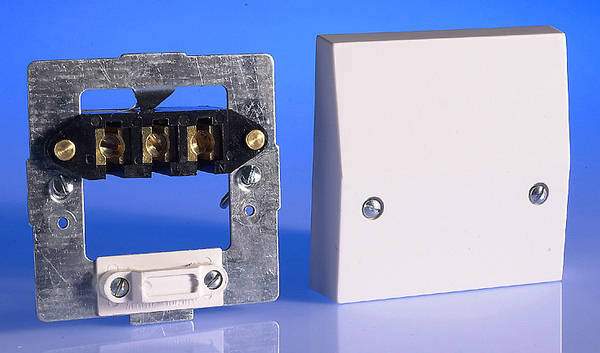Thank you John.
Ban All Sheds, I gracefully accept of course you have a point regarding the "unknown unknowns", however, the reasons I came onto the forum, and the questions I have asked here are not the full picture.
I fully intend, and always have intended, to get all works inspected and signed off before flicking the switch.
My technical background just gives me the confidence to tackle a lot of the work myself in terms of running cables and connecting things up etc. but it also enables me to recognise my limitatons and mitigate for them. (ie. inspection and sign off).
Also, I have additional reading, attending courses, etc. This forum is not my only source of information/training. That said, it has proved very helpful.



